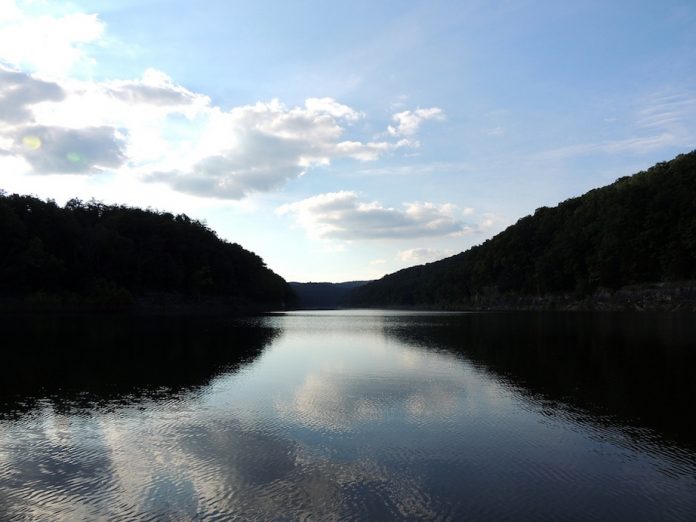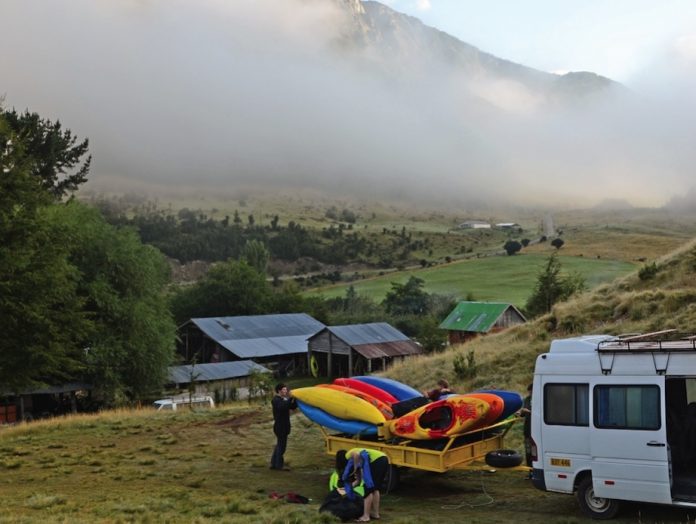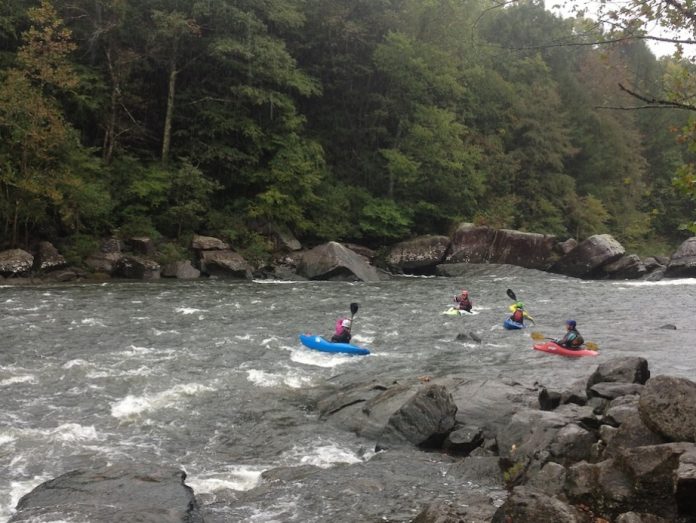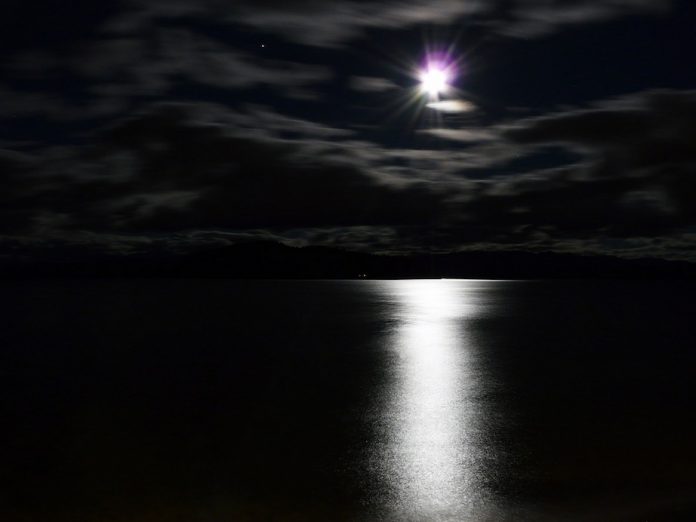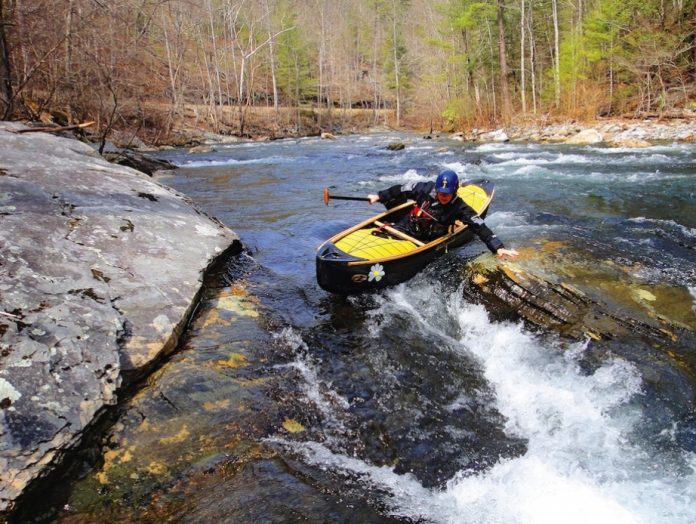This whitewater kayak review originally appeared in Rapid magazine.
It’s not always easy for companies to garner award-winning status with each new product release. Some of the biggest brands in the world have had a few products I bet they’d like to forget about—Crystal Pepsi, Apple’s Maps App, and McDonald’s Arch Deluxe. The important thing is to learn from the past and move forward, and that’s exactly what Dagger has done with the Jitsu.
The first thing that stands out about the Jitsu is its all-new contour ergo Outfitting. Cool graphics on the fabric aside, the most attractive feature of the entire system is the rotomolded seat with leg-lifter. This framework stiffens the kayak’s hull, making the boat bouncier on waves. It’s easy-to-use ratcheting leg-lifter holds your legs and knees up where they should be, aggressively braced for throwing your entire body into big aerial moves. Drop in foot blocks and foam shims on the hip pads and you’ll become one with the Jitsu in under 10 minutes.
The Jitsu is noticeably more in harmony with today’s freestyle moves than its predecessor, the Agent. The medium 5.9 Jitsu is a little over two inches shorter, an inch wider and has seven more gallons of overall volume than the medium 6.2 Agent. The outcome is a boat that is easier to throw around. And, thanks to the added width and volume, the Jitsu floats higher in the water, remaining stable enough to actually run rapids.
We first previewed the Jitsu last summer on dry land with Dagger Pro Team Manager, Chris Gragtmans. “Our two main goals were to create a boat that was dynamic on a wave and still able to do the whole realm of hole tricks,” he told us. He also emphasized the edges, stating that “the double step carve rail is a pretty cool concept and the boat definitely feels like it goes edge to edge on a wave really well.” Getting the Jitsu on the water we found Gragtmans was bang on. Reminiscent of Dagger’s Crazy 88, released nearly 10 years ago, the Jitsu loves to carve and easily transitions edge-to-edge, making zipping across the face of a wave a delight. This also makes rotational moves like blunts and airscrews whip around like a rice bale throw.
Its minimal stern rocker and abrupt tail end, or as Gragtmans puts it, “really defined parting line,” give the boat maximum speed on a wave— perfect for explosive aerial moves and grabbing smaller catch-on-the-fly waves. The tradeoff is a need to keep weight forward during spins, backsurfs and heavy landings—otherwise the stern may initiate an unintended back loop.
Dagger should be excited with this new release. The Jitsu vaults Dagger back to the leading edge of the freestyle scene and should definitely be on your list of boats to try if looking for a new play machine.
Check out our video tour of the boat with Gragtmans here.
Dagger Jitsu 5.5 / 5.9 / 6.0 Specs
LENGTH – 5’6″ / 5’9.5″ / 6′
WIDTH – 25″ / 26″ / 27″
VOLUME – 48 / 57 / 63 US GAL
WEIGHT – 29 / 31 / 34 LBS
PADDLER – 90-155 / 140-200 / 165-245 LBS
MSRP – $1,049
dagger.com
To read the rest of this review of the Dagger Jitsu check out Rapid, Early Summer 2013. Download our free iPad/iPhone/iPod Touch App or Android App or read it here.



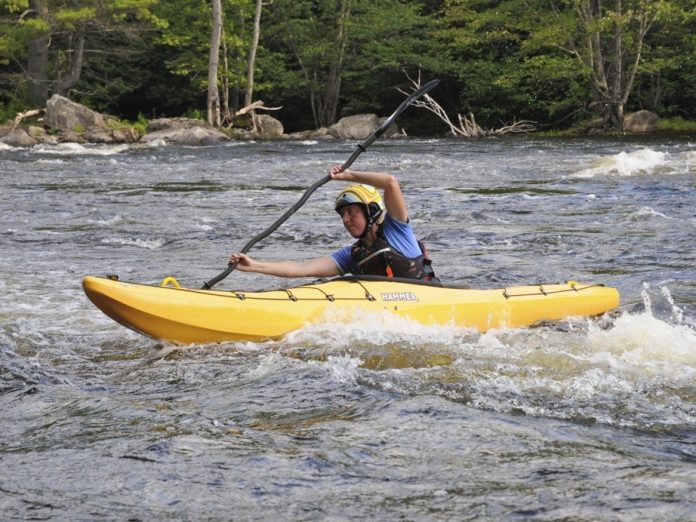
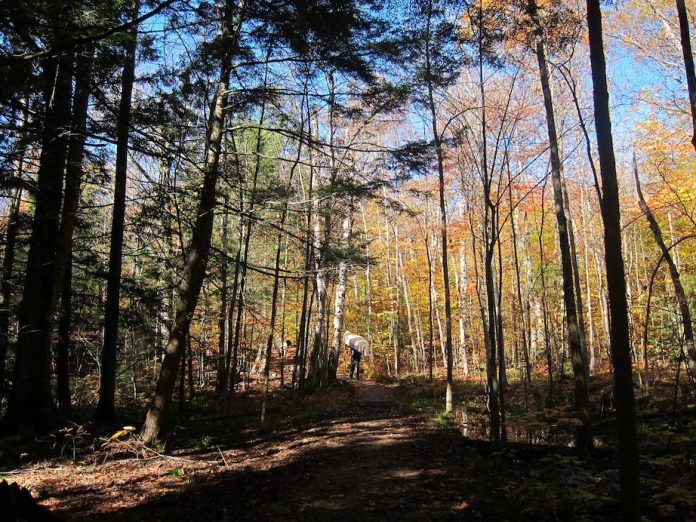

 Check out the Summer/Fall 2013 edition of Adventure Kayak, where we video review four field-tested kayak carts for every transportation need. Download our free
Check out the Summer/Fall 2013 edition of Adventure Kayak, where we video review four field-tested kayak carts for every transportation need. Download our free 